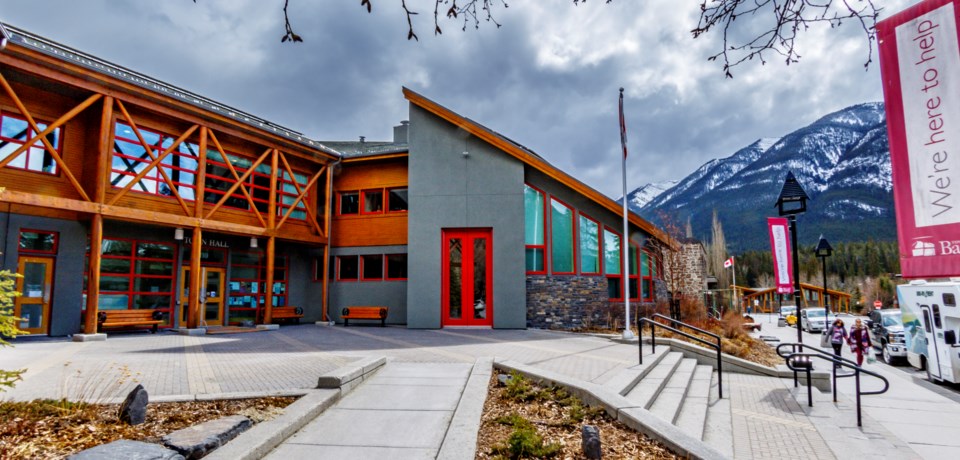BANFF – Banff’s politicians philosophically support sharing the municipal tax burden equally between businesses and residents.
Rather than weighting one sector over the other during this COVID-19 crisis, council unanimously directed administration to use the tax rate split to result in an equal reduction in the municipal tax portion of residential and non-residential tax levies.
“Businesses are certainly suffering and so are individuals,” said Mayor Karen Sorensen.
“We don’t the numbers yet, but at this point what I am hearing is philosophically councillors who have spoke think that we all need to share in this situation.”
On May 11, administration will bring back an operating budget that proposes four scenarios for council’s consideration given the collapse of the economy due to COVID-19 – a 10, 15, 20 and 30 per cent reduction in the municipal tax levy compared to 2019.
To do that, administration was asked to look at additional wage savings on top of what has already occurred, a reduction in the $4.5 million transfer to capital reserves, using a portion of the $1.2 million surplus and cutting services and programs.
Once the operating budget and municipal tax levy are determined, the municipality has the ability to adjust the mill rate split – which is the ratio to which taxation is applied to residential and non-residential sectors.
Banff’s financial plan gives general guidance to allow adjustments to the mill rate split to ensure overall taxation is shared equally between the two sectors. In addition, an amendment to the Municipal Government Act caps the the split at 5:1.
Town of Banff officials say there are some other factors at play this year, including the fact that the provincial education requisition was uneven between the two sectors – a 23 per cent residential increase and a nine per cent jump for non-residential.
“That 5:1 cap would not allow us to pass on the overall tax increase equally between these two sectors,” said Chris Hughes, the Town of Banff’s corporate services director.
Hughes said administration was looking for general direction on whether council wanted adjustment to the mill rate so that any decrease in the municipal portion of the tax levy is split equally between the two sectors.
“In order to do that, the split would need to be approximately 4.6:1,” he said.
Coun. Peter Poole wanted to know if there was a way the reduction could anticipate the provincial educational levy to be equal for both residential and commercial sectors, but administration indicated the 5:1 cap would not allow that.
“Would it be closer to equal then if it were 4.6:1?” he said.
Hughes replied. “On the overall tax, not the municipal portion, it would be closer to equal if we went all the way to 5:1.”
Poole questioned: “What you’re saying is that there is such a huge increase for residential taxes in what the province is charging us for the education levy that the only way we can somehow equalize the two is to make businesses pay a little bit more?”
“Correct,” said Hughes.
Poole said his rough approach to this situation is that “we’re all in this together.”
“One dollar, whether it goes to the province from the Town, is still $1, and I think we should be trying to make it fair for residents and commercial sector the same,” he said.
“I would say the split of 5:1 is better than 4.6:1, but I am open to hearing another argument.”
Coun. Corrie DiManno wanted to know how the Town of Banff handled the mill rate split after the 2008 economic crash.
Hughes said there was not a 5:1 cap on the mill rate split mandated by the province at that time.
“It was shortly after 2008, when the non-residential assessment dropped nearly 50 per cent over the following four years, that we as a municipality ended up moving our mill rate split up to 6:1,” he said.
“Without going in that direction, any tax increases were heavily weighted to the residential sector, so by moving that split to the 6:1 we were able to bring the overall tax increase at least closer to even between those two sectors.”
Coun. DiManno said she philosophically agreed with other councillors that “we’re in this together.”
“I think seeing something along the lines of equal would be good,” she said.
Follow RMOToday.com's COVID-19 special section for the latest local and national news on the coronavirus pandemic, as well as resources, FAQs and more.




